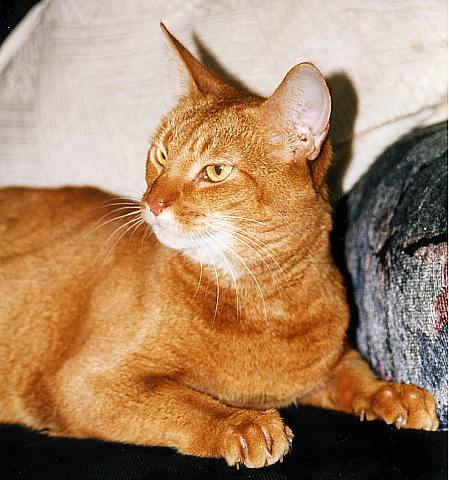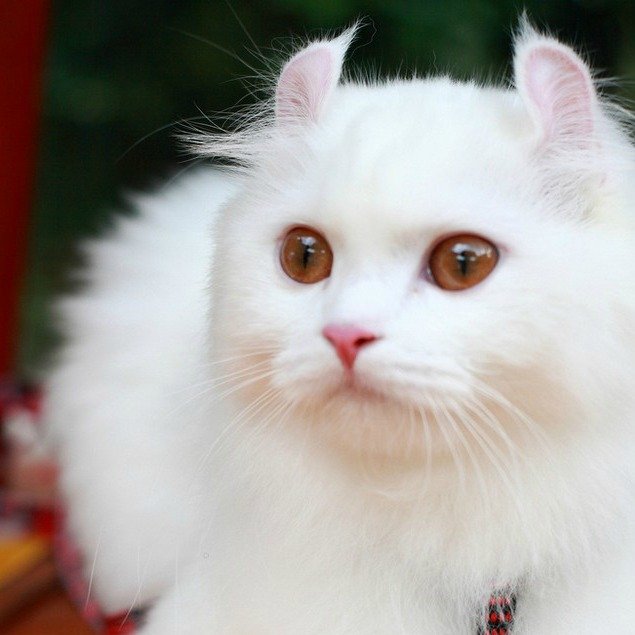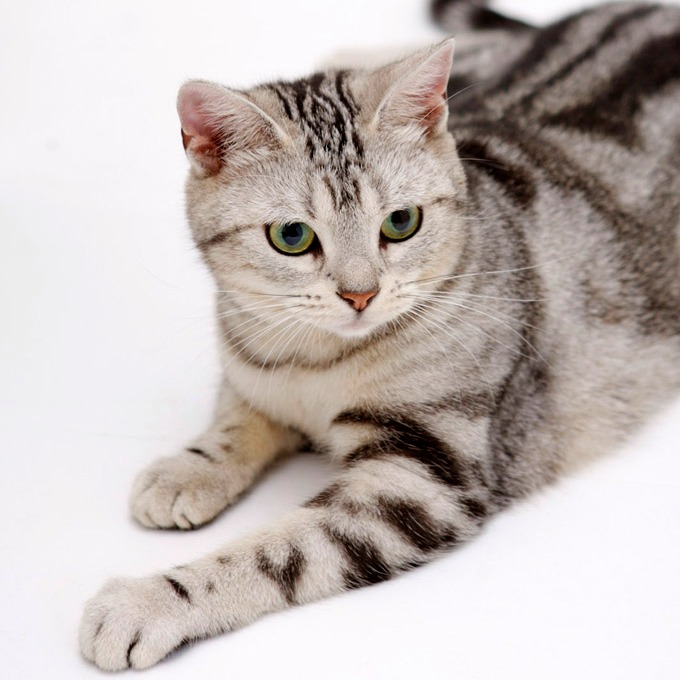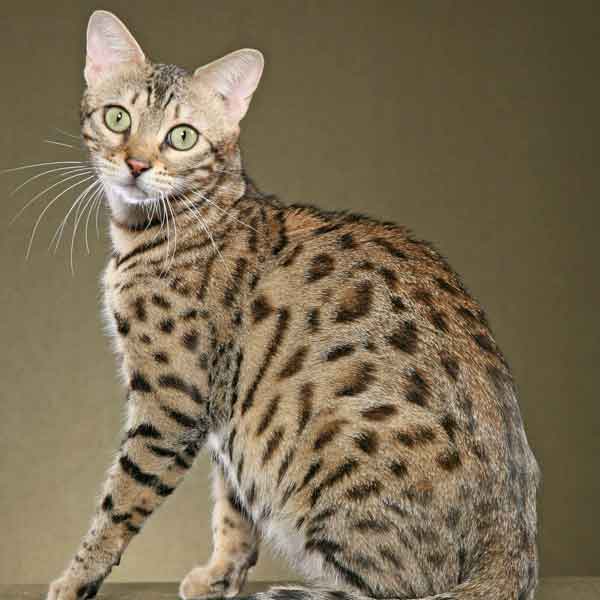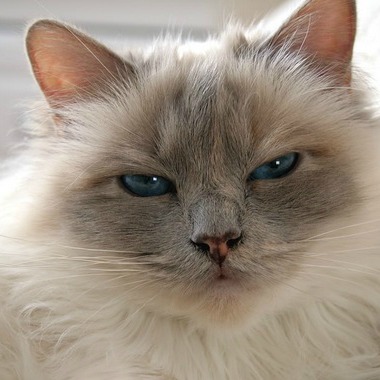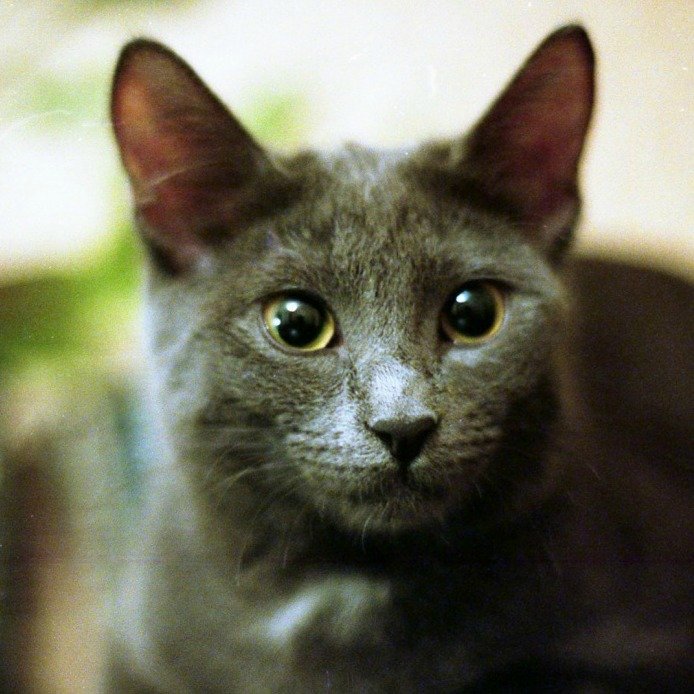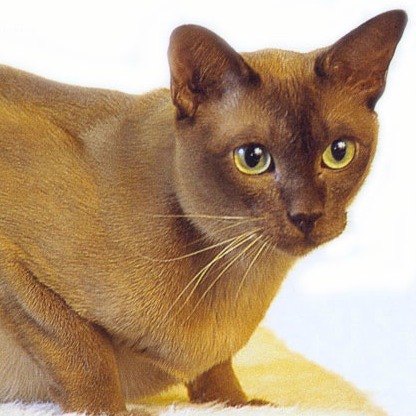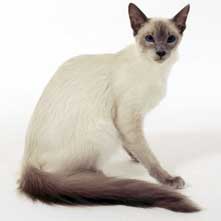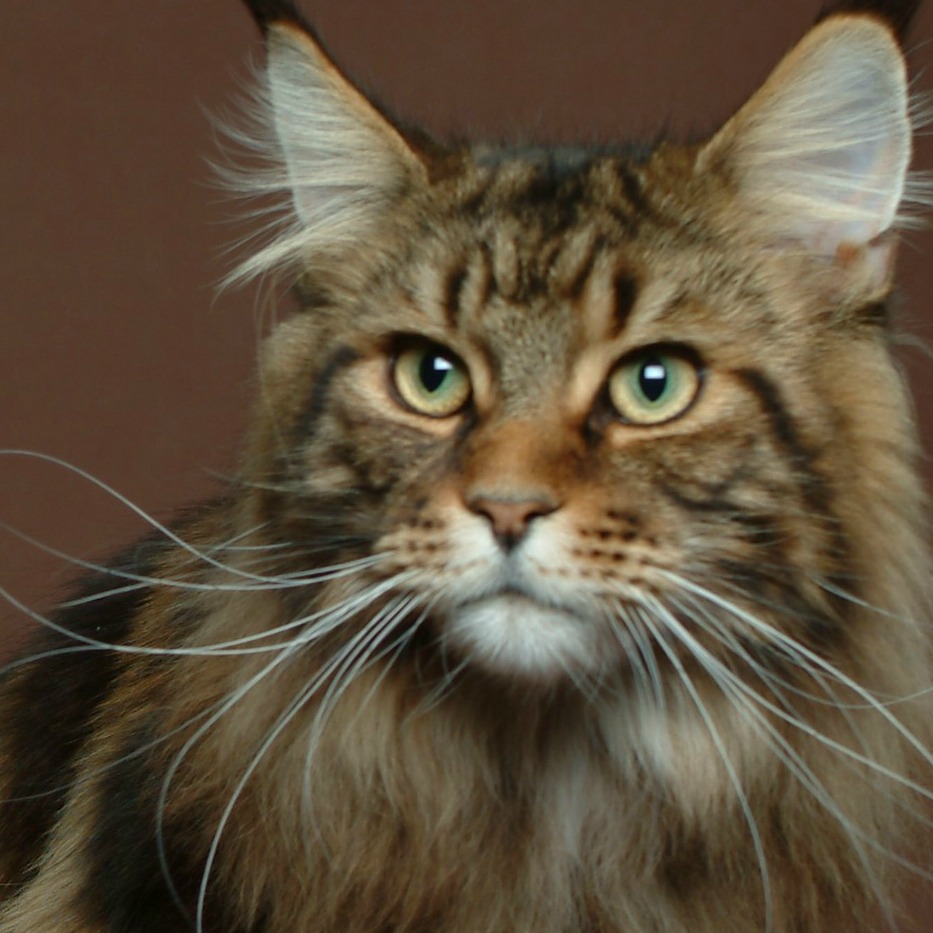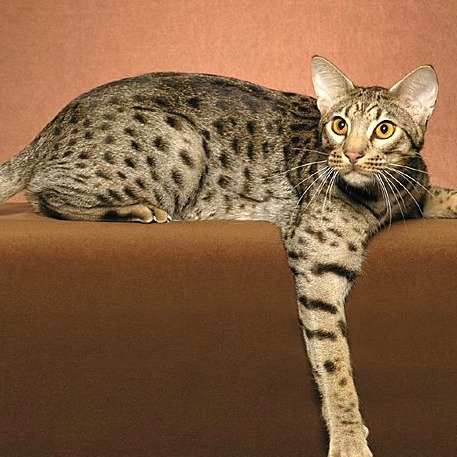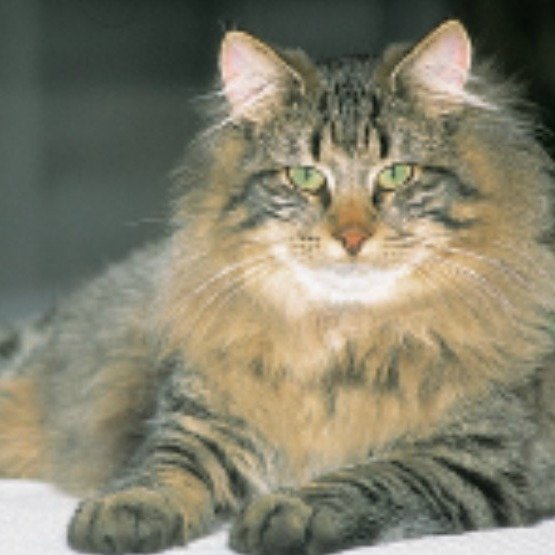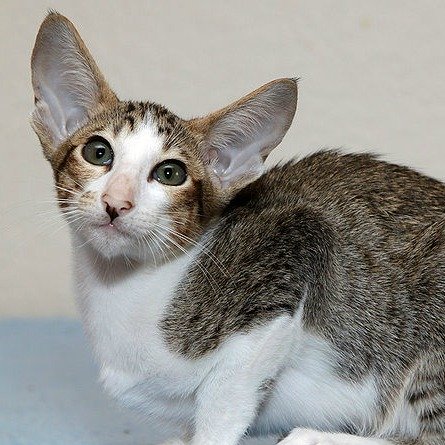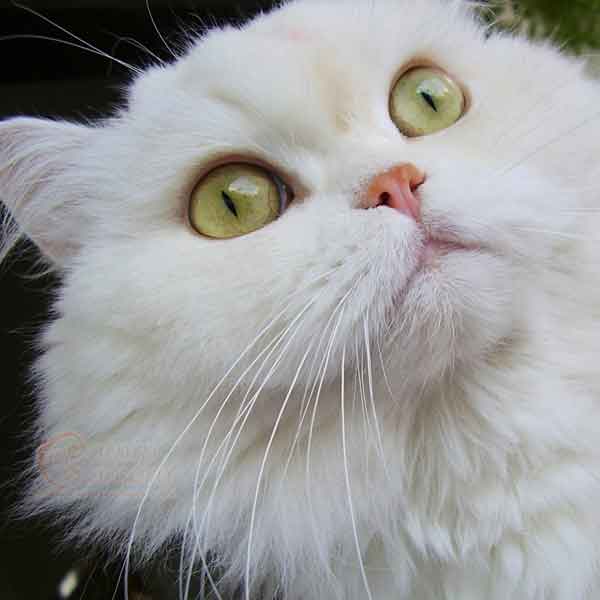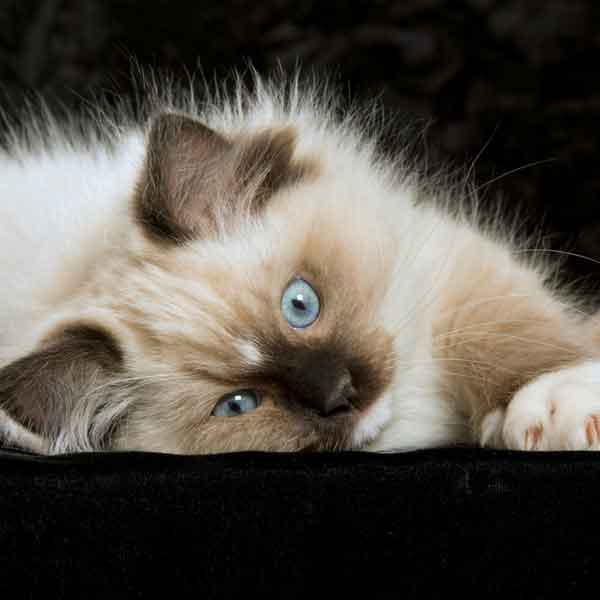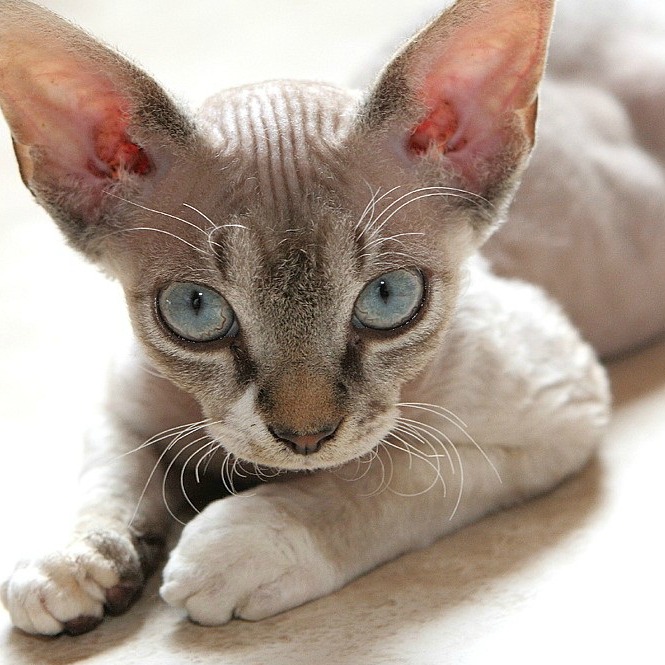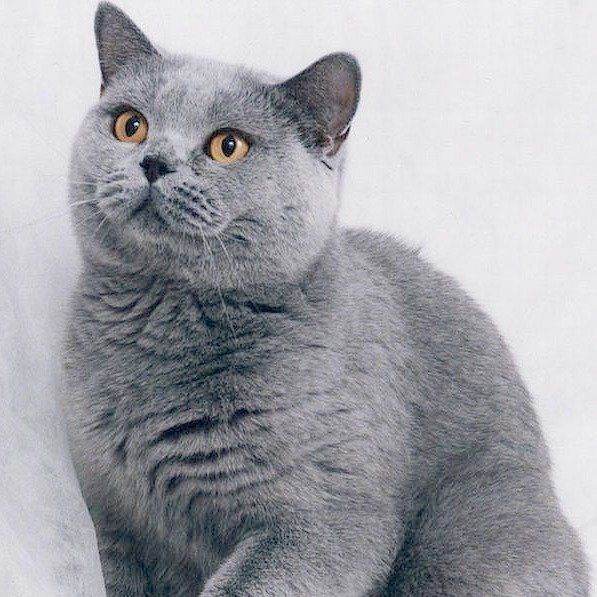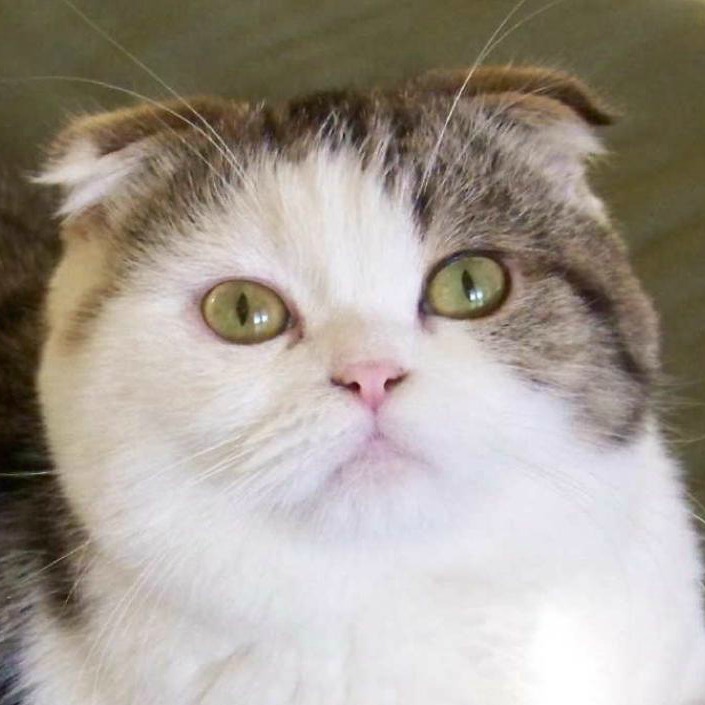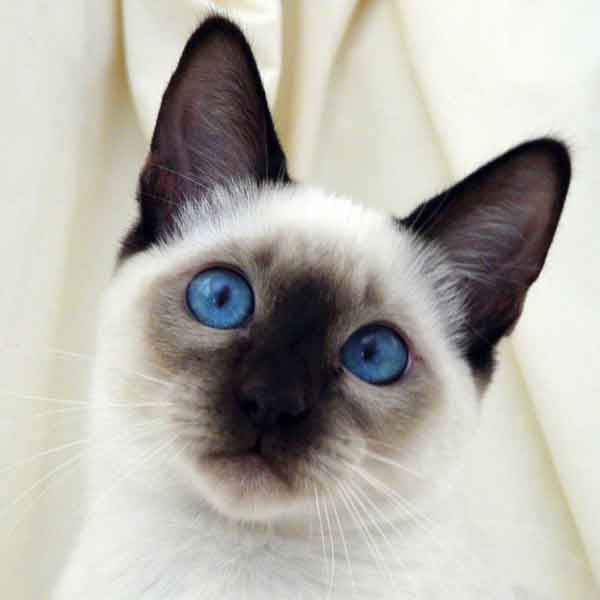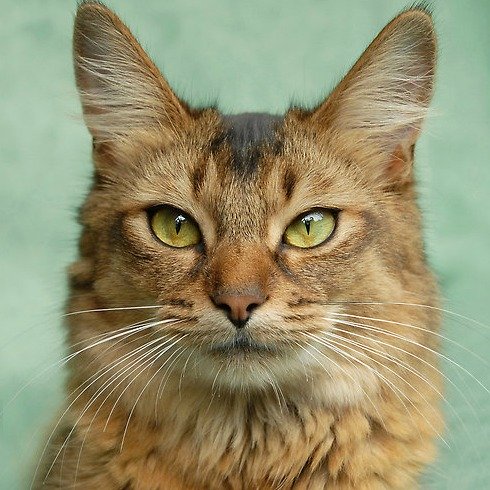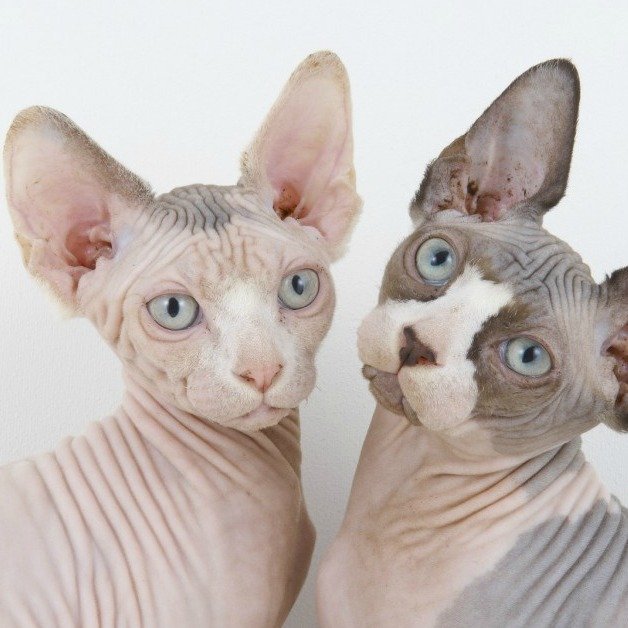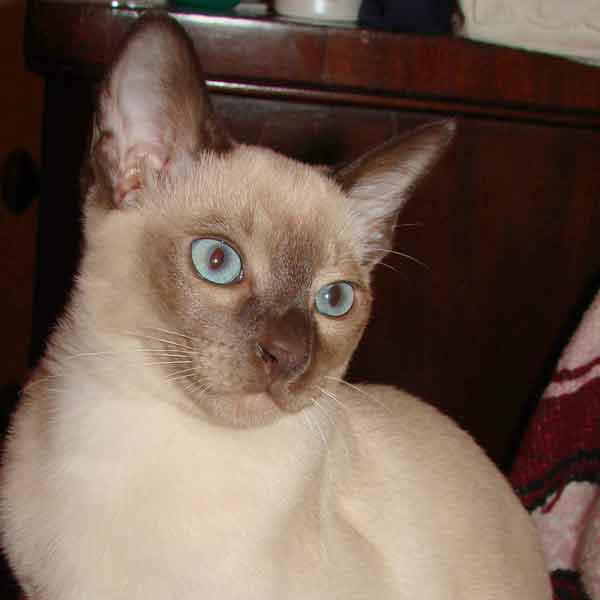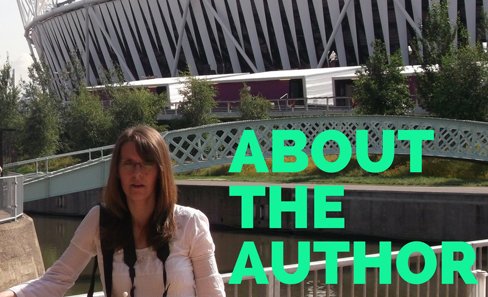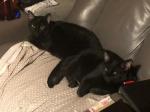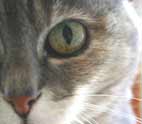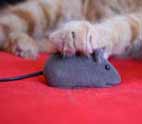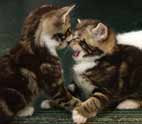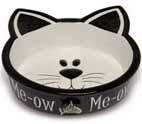The Persian Cat Breed
One Of the Oldest Recognised Breeds
The Persian Cat is one of the longest known pedigree cat breeds.
It is thought that the breed originated from Persia (Iran) and was brought to Europe during the 1600's, along with Angora cats from Turkey and the two interbred to produce the distinctive long silken coat.
The Persian is distinctive to look at; it has a flat face with short nose and small ears. They are broad chested and have thick sturdy legs with large paws. Their coat is thick and soft and all have a ruff around their necks.
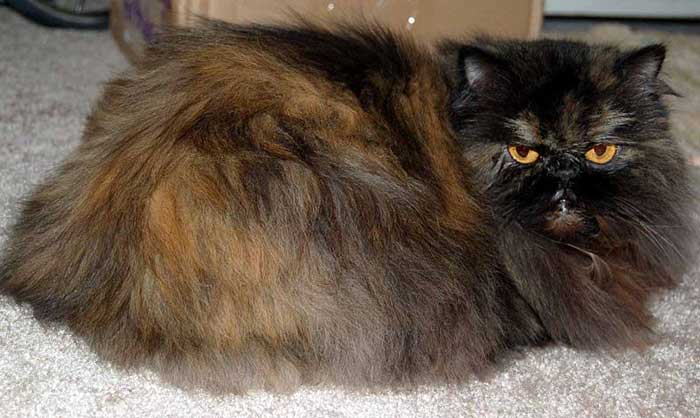
Colour Variations
|
There are over sixty different colour variations of the longhair Persian, which in the UK are listed as different breeds. The colour variations are: Black - one of the earliest Persian breeds, which is now not so common. They are affectionate but considered to be more playful than the white variety. White - The white coat is attributed to breeding white Angora cats with Persian cats in the 1800's. They are meticulous self-groomers but the coat still requires a lot of attention from the owners. There are different varieties of white Persians according to their eye colour. Blue - A popular colour during the end of the 1800's and was favoured by European royalty. The blue - grey colour is a dilution of the black coat, with the blue aspect coming from a lavender sheen that adds brightness. They are known for their affectionate nature and their love of human company. |
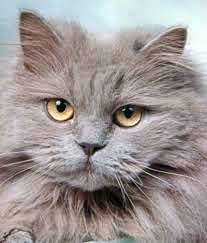 Lilac Persian Cat |
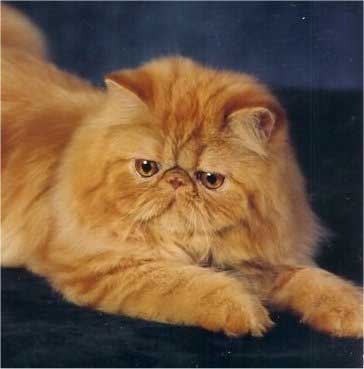 Red Persian Cat |
Chocolate - There is an element of the Siamese breed in this colour variation, which comes out in their saucier character. The coat is medium dark and evenly toned and the eyes should be a rich copper orange. Lilac - This is a dilute of the Blue Persian cat breed and also has an element of the Siamese breed. Eyes should be copper or deep orange with lilac rims. Red - This is a rich red colour and for show cats should have an even tone, although slight shading on the forehead and legs is acceptable. Kittens will always have tabby markings which will not disappear until full maturity. Cream - this is a dilute Red and should have no shading or markings. Tortoiseshell - This is a blend of black, red and pale red. The genetic mix required to make a Tortie mix of colours is complex and so they are usually female. The eyes are large and deep orange or copper. |
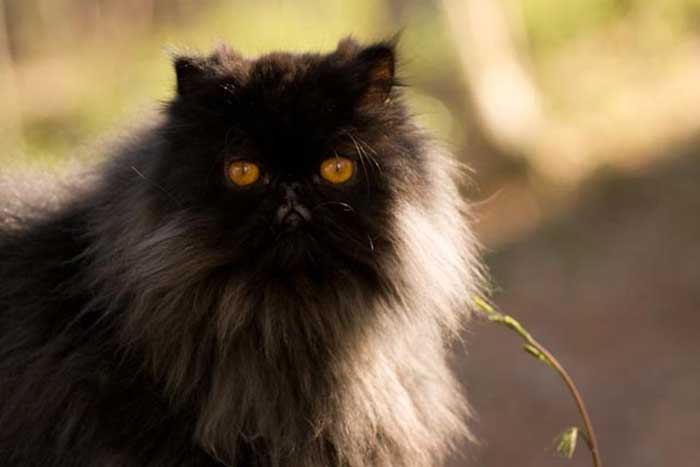
Bi-Colour - These cats have a solid colour coat and have white undersides, muzzles, chests and legs.
Tabby - The tabby markings are mainly visible when the fur is brushed flat against the body. The main tabby colours are, brown, red and silver, although there are other varieties such as lilac, cream and cameo.
Chinchilla - The undercoat is pure white and the coat on the back, head, ears and tail is tipped with black.
Golden - The undercoat of the back, flanks, head and tail are tipped with seal brown or black and is apricot of gold in colour that gives the appearance of a golden sheen.
Shaded Silver - Similar to the Chinchilla in characteristics but is generally darker in colour and a little stockier in build.
Smokie - This is colour is achieved by cross breeding the colour variations of chinchilla, blue and black.
Cameo - There are many colour variations but they should all have an undercoat that should be as white as possible with the tips shading to red or Tortoishell in the red variety or cream or blue-cream in the cream variety.
Colour point - Also known as the Himalayan. This is a fusion of the Persian with the Himalayan Siamese, resulting in the long hair of the Persian with the colour coat of the Siamese. The mask should cover the entire face but not extend over the head.
Breed Characteristics
Coat: The Persian breed in all colour variations is generally thick and silky and all have a ruff around the neck.
Grooming: Grooming these cats will require a lot of extra work by the owners. Matting of the fur will occur if not groomed regularly. When showing a Persian cat it is generally the norm to fluff the fur out as much as possible to show off their long silky coat.
Persian Cat Temperament
This cat breed has a placid nature and is affectionate towards its owners. Some colour varieties are more playful than others and if the Siamese gene is present can be a little more bold and vocal.
